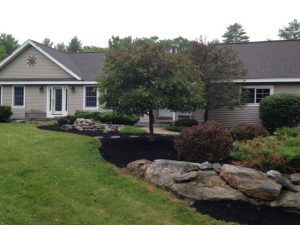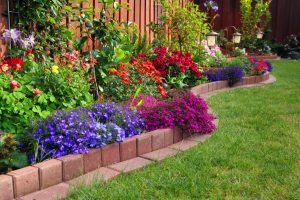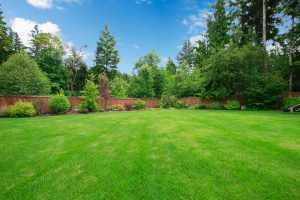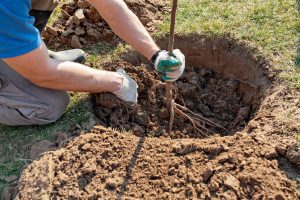Nothing gives quite the visual impact that freshly mulched garden beds do. It’s a good landscaping practice in the spring that makes a fast, powerful statement about your yard. Mulch isn’t just for looks either. Mulching offers several benefits to your plants and soil. Here are six reasons to mulch this spring: Mulching Retains Moisture […]
Is Your Garden Ready for Winter?
Is Your Garden Ready for Winter? You know that fall means raking leaves, picking up branches and doing general clean-up before the snow arrives. But are you taking care to make sure that your garden beds are prepped to thrive when the snow disappears in the spring? There are a few tasks you should do […]
Planting Fall Bulbs
One of the surest signs that warmer weather is really here is when tulips, daffodils and crocuses start popping up in yards and parks around Maine. The bright pops of color are always a welcome sight in the spring. If you’d like to add some early color to your gardens, the fall is the best […]
Planning Next Year’s Yard Décor Now
While you’ve been enjoying the summer, did you ever find yourself thinking, “I wish my yard had this,” or “why haven’t I taken care of that project yet?” If you did, don’t just let it go – start planning now to make your yard perfect for next summer. Even if you don’t have a specific […]
Top 5 Trees to Plant This Summer
Summer is here – and that means it’s time to plant new trees. Trees are an integral part of our ecosystem and are essential to all forms of life on earth. They are also a beautiful and functional addition to your landscape, able to provide privacy while elevating the aesthetics of your property. In this […]




